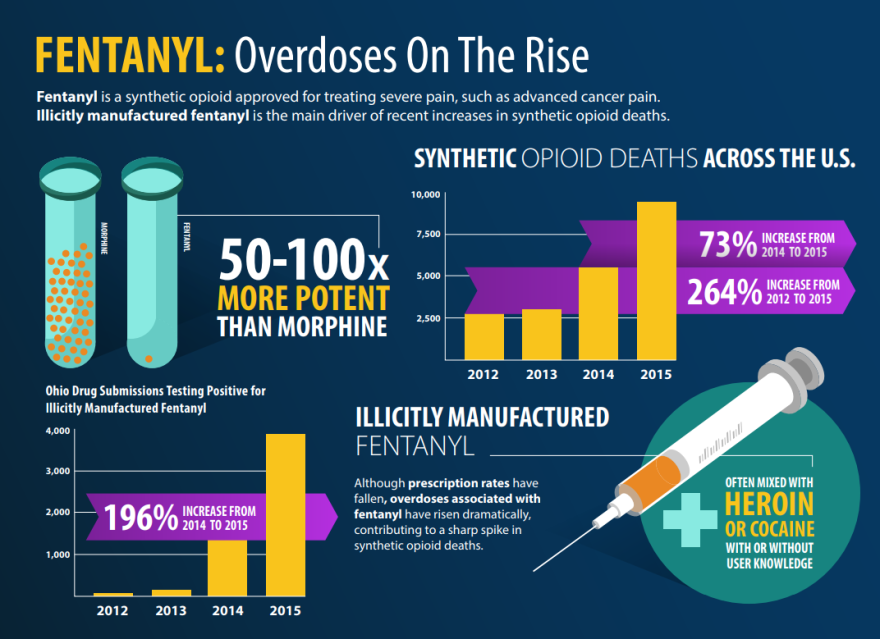*Correction as of June 15, 2018: The California Department of Public Health has announced that it initially overestimated the state’s overdose deaths due to fentanyl by a factor of two. While we originally reported 750 fentanyl-related overdose deaths statewide, the corrected total is 373 – an increase of 56 percent over the year before, not 300 percent. Likewise, Kern County reported 10 fentanyl-related overdose deaths in 2017, not 20. Though these corrected figures reveal a much lower increase in fentanyl-related deaths than was originally reported, the rate still increased substantially – and Kern County’s 500 percent increase from 2 fentanyl-related overdose deaths in 2016 to 10 in 2017 still marks the highest percentage-point increase over that time period of any California county.
The state has released 2017 data on opioid trends and overdoses, and contained within those numbers is both good news and bad.
First, the good news: In 2017, the statewide rate of opioid overdose deaths dropped to the lowest it’s been since 2012.
The bad news is that deaths due to the street drug fentanyl continued to rise, from 237 overdose deaths in 2016 to 373 in 2017. Kern County saw the biggest 1-year rise in the rate of fentanyl-related overdose deaths of any California county: While these deaths rose by 57 percent statewide in Kern County they increased by 500 percent – from two deaths in 2016 to 10 in 2017.
"The fentanyl issue is probably our single biggest concern," said Karen Smith, director of the California Department of Public Health. "We’re concerned about every level of the opioid epidemic, but we really want to try to get a handle on this before it becomes an even bigger problem."
Of every 100,000 Californians, about 4 and a half died of an opioid overdose in 2017, down from over 5 deaths per 100,000 at the epidemic's worst. Smith says prevention efforts should focus on removing the stigma associated with addiction and increasing access to treatment.





